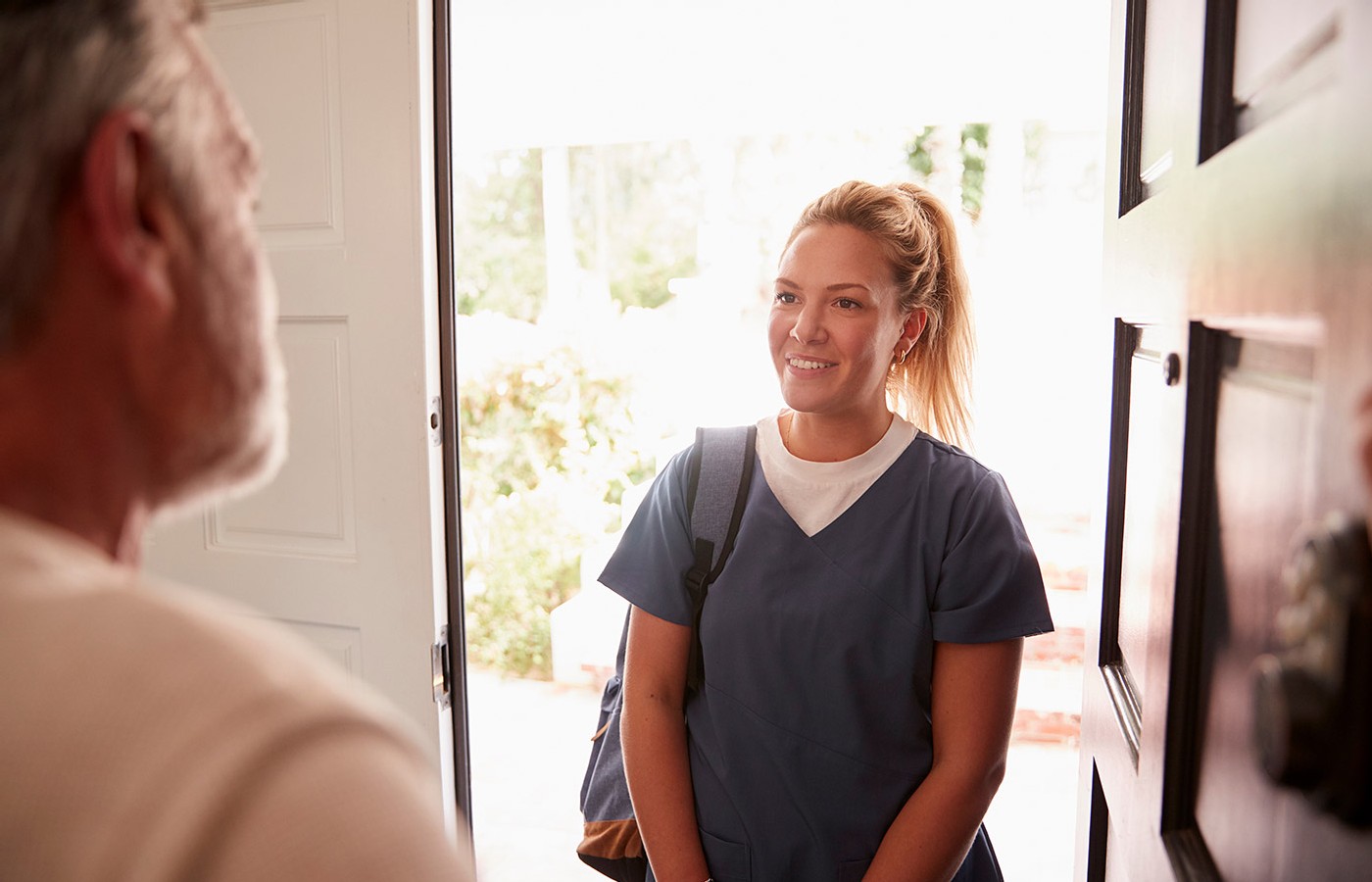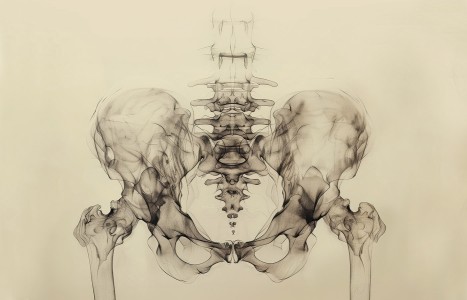People today want convenience, whether it be from their bank, credit card, favorite retail store, or restaurant. They demand it from the companies who hold their loyalty, including their health care providers (you). They don’t want to call and possibly be put on hold, and they want to use an app or schedule an appointment on your website. Here are three reasons your practice can gain by switching to online appointment scheduling.
Acupuncture Home Visits (Pt. 1)
- While treating patients in their home or residence may be a new experience, with a few guidelines you can offer home visits safely and effectively.
- We may be asked to do this for patients, or their loved ones, who find themselves homebound due to injury, illness or incapacitation.
- When doing home visits, appropriate preparation is critical and should include considerations regarding intake, attire, HIPAA compliance, safety / hygiene, clean needle / clean bag technique, and more.
What do we do when a patient of ours finds themselves homebound due to injury, illness, incapacitation from surgery or otherwise? While treating patients in their home or residence may be a new experience, with a few guidelines you can offer home visits safely and effectively.
We may be asked to do this for patients, or their loved ones, who find themselves homebound due to injury, illness or incapacitation. Patients are often very appreciative of the effort we make to come and see them if they are unable to get to our clinic.
Preparation
Going into a patient’s home may bring us in contact with unexpected situations, so when you set up the initial visit, in addition to the usual intake, be sure to ask about anything that may be of concern.
Parking: Ask about where to park, if it is OK to park in the driveway or on the street, etc. Inquire about any pets they may have if you are allergic or have other issues with animals. Ask about firearms in the home if that is a concern for you, or smoking in the home if that may cause any difficulties for you.
Intake: Before the appointment make sure the patient or the patient’s caregiver has completed all the paperwork including the consent to treat. You need their health history beforehand so you can be prepared, and to legally show they have consented to the treatment. If this is an existing patient you will have a lot of this information on file, but for a first-time home visit you may want to have a new intake form to understand their current condition.
Professional Attire: This may mean scrubs, which can signal to the patient and others in the home that you are a professional healthcare practitioner. Some practitioners prefer business casual attire specifically so that their presence doesn’t attract unwanted attention from the neighbors, who may wonder why healthcare practitioners are coming to someone’s home.
This is an individual choice, but a clean and professional appearance is important, particularly when we are entering a situation without the normal clinical boundaries.
Call Ahead: Always call ahead on the same day as the appointment so the patient knows you are on your way, and to check that they can still keep the appointment. Plan extra time for travel, especially if it is your first visit to this location.
Travel Prep and Safety: When preparing to visit a patient you should also keep general car safety in mind. Always carry basic gear such as chains, flares, tire-changing kit, extra water, warm clothing if you are in a cold environment, flashlight, space blanket, and jumper cables.
Have your gas tank filled, your route planned, and the patient’s address and phone number written down in case you are in an area without GPS or cell service.
HIPAA: Bring the patient charts, either paper or on electronic device. To be HIPAA compliant charts must be kept out of sight while transporting them, so never leave them on the passenger or back seat; put them in a closed or locked container in the trunk. Electronic charts must be in a password-protected device.
Safety and Hygiene: Pack extra disinfectant wipes, and a change of clothes and shoes, in your car.
Make sure to bring your acupuncture travel bag stored in an impervious container. Your acupuncture travel bag can be a nurse’s bag or a structured backpack, which is then stored in a plastic bin in your car. This helps keep your acupuncture supplies safe from unexpected elements in the car such as moisture or spills.
Your Acupuncture Travel Kit: Your acupuncture bag will have everything you need for the treatment, including all your needles in individually wrapped packaging. Multi-packs do not work for home visits.
Have a travel sharps container, cotton balls and alcohol or alcohol swabs, hand disinfectant, liquid soap, paper towels, gloves, and small trash bags. In addition, you may want to bring herbal salve, lotion, liniment, essential oils, plasters, press tacks, or anything else you use in treatment.
I tend to not use moxa for home visits since it can be a fire and safety hazard, and the smell might bother other people in the home. I’m also wary of any chance that burning ash could damage someone’s furniture, linens or clothes. And if the patient is on oxygen, then moxa or anything combustible is strictly prohibited. If moxa is indicated though and none of the above conditions applies, you can use it.
Clean Needle Technique and Clean Bag Technique: Always use clean needle technique (CNT) in the home, just as you would in the clinic. Designate a small table or other flat surface for your acupuncture bag so that everything you need is accessible.
A great resource is “clean bag technique” or “nursing bag technique,” which is what nurses use to provide clean and safe care in the patient’s home. There are many videos on YouTube on this technique.
In the Home Environment
A unique aspect of home visits is the frequent interaction with family, spouses, caregivers and other loved ones. Remembering that we are in a patient’s home, it’s important to always knock before entering the home and also before entering the patient’s room.
After entering the home, introduce yourself to whoever is there; say you’re the acupuncturist here to treat the patient. Introducing ourselves to the patient is also the opportunity to correctly identify who the patient is and who we are treating. This may sound unnecessary but it’s best practice to confirm the identity of the patient, especially in situations with a lot of people in the home.
The introductions are also important to build trust and rapport with the patient and others in the home, which can help the patient feel more relaxed.
There may be different dynamics that arise with caregivers. A good rule of thumb is to keep focus on patient’s well-being – for example, asking the patient if it’s OK if someone else wants to be in the room during treatment.
Do not use the bathroom or any of their facilities (sink, garbage can, etc.) if at all possible. If you must wash your hands, always ask if there is a sink you can use. Bring your own hand soap and paper towels, and pack everything out that you use.
In the patient’s home or residence, you may also encounter other members of the medical team, particularly if the patient is on hospice or palliative care. Everyone from nurse aids or caregivers that come to clean or prepare food, to live-in caregivers at a residential care facility or adult family home, to nurses, medical doctors, speech or occupational therapists, chaplains, even people providing animal or music therapy.
As always, introduce yourself and state that you are the acupuncturist here to treat the patient. Wearing a name tag with your name, a photo and business or organization name on it can be handy in these situations, but it’s not necessary.
If there is a schedule conflict, such as your appointment time is overlapping with another provider, try and be as flexible as you can. Can you come back later, shorten the treatment, or wait 5-10 minutes until they finish up? Let everyone know what your treatment entails and the time frame, and you all may be able to work something out.
Last, but certainly not least, adopt the attitude that we are all in this together – the family, caregivers and other medical practitioners are all here to help the patient.



